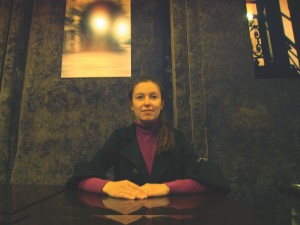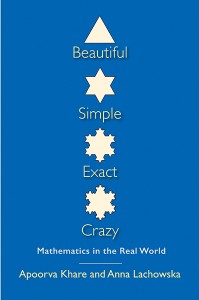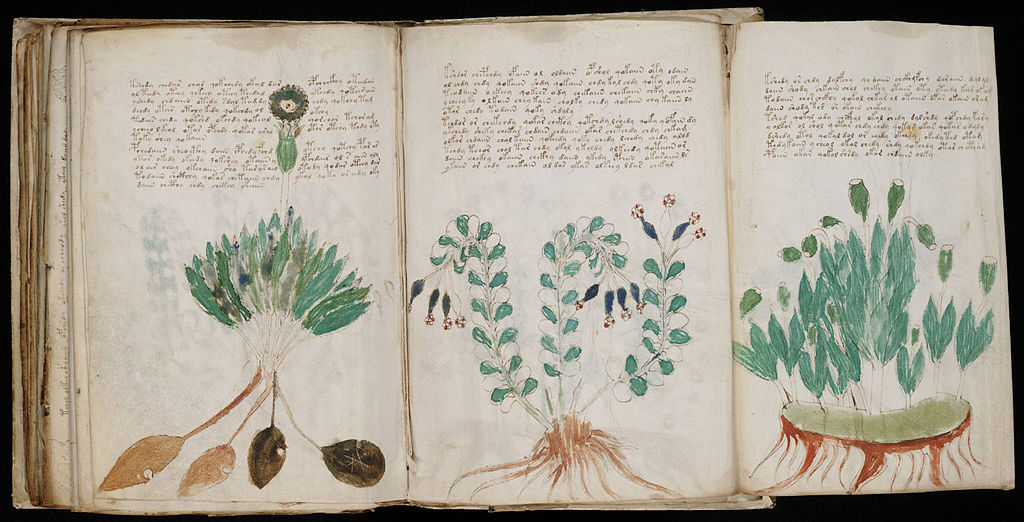Mathematics lies behind the circuitry of every computer, the operation of every business, and even the composition of every hit song. But millions of students struggle with math every day, and many will never grasp the intricacies of algebra and calculus. Indeed, mathematics is frequently pilloried as tedious, convoluted, and ugly. In the hopes of making math more widely accessible and enjoyable, two former Yale University lecturers, Anna Lachowska and Apoorva Khare, have authored a new textbook on mathematics that uses a novel multidisciplinary approach to teaching the subject.
Lachowska and Khare, now at École Polytechnique Fédérale de Lausanne and Stanford University, respectively, titled their book Beautiful, Simple, Exact, Crazy and published it with the Yale University Press. In the book, they showcase the elegance and ubiquity of math. As its title suggests, the textbook aims to convince its readers that mathematics is worth learning — because it is a powerful tool, and because it is beautiful.

The authors were inspired to write the book while teaching a lecture course at Yale called “Mathematics in the Real World.” When the two were selecting a textbook for their class, they had trouble finding one that fit their needs.
“Despite the large number of entry-level math textbooks available in print, we were unable to find a book that suited our goals,” Lachowska said. “We wanted to have a concise exposition of a wide range of accessible mathematical ideas with the right level of rigor and a large variety of applications.”
The natural solution, of course, was to write this dream book themselves.
And so Beautiful, Simple, Exact, Crazy was born. It is a textbook intended for introductory college math courses for non-majors. The book includes lessons, examples, and practice problems, but Lachowska and Khare focused on making it more readable and enjoyable than a standard math instruction text. Where most textbooks highlight specialized, technical applications of mathematics — largely in the physical sciences such as engineering, physics, and chemistry — Lachowska and Khare show math at work in more diverse areas of the real world.
“‘Mathematics in the Real World’ was designed to be a new entry-level math course for non-science oriented students and would cover a wide range of topics without going into the technicalities, but instead emphasizing practical or amusing applications,” Lachowska said. She and Khare kept this in mind when writing Beautiful, Simple, Exact, Crazy.
Non science-oriented students often struggle the most with mathematics, but as this book shows, no field can entirely escape math. Lachowska and Khare chose examples to illustrate this fact.
Unlike a traditional math textbook, Beautiful, Simple, Exact, Crazy touches on subjects as diverse as art and music theory. “We went out of our way to include amusing, artsy, and philosophical topics,” Lachowska said. “Most importantly, we tried to discuss how mathematics can be used and what it means for the humanities — not in the obvious ways, as statistical methods in social sciences, but in some surprising and unexpected ways.”
For example, the textbook discusses the fundamental connection between logarithms and the 12-tone equal temperament tuning common in music. The book also looks at applications of math in archeology and linguistics. It even delves into an analysis of motion in a short story by the Italian author Dino Buzzati.

While instructors have many textbooks to choose from when teaching introductory mathematics, Lachowska and Khare hope that theirs will have a special appeal. In addition to its non-traditional content and focus, Beautiful, Simple, Exact, Crazy also departs from most textbooks when it comes to structure. “The sections of the book are only loosely connected to allow the reader or the teacher to choose topics they want to read about,” Lachowska said. And at 480 pages, it is a slim volume compared to many mathematics texts.
“One of my main sources of inspiration was the interest and curiosity about mathematics expressed by many of my non-mathematical friends,” Lachowska said. “They wanted to know what mathematics is, and how it is relevant to the real world and to other domains of thought, and we hope our book provides some of the answers.”
Beautiful, Simple, Exact, Crazy is currently in print. Its authors hope that the book will accomplish their goal of convincing readers why math matters.
Cover Image: Beautiful, Simple, Exact, Crazy demonstrates how mathematics can be used to analyze texts such as the mysterious Voynich Manuscript. Image courtesy of Wikimedia Commons.

